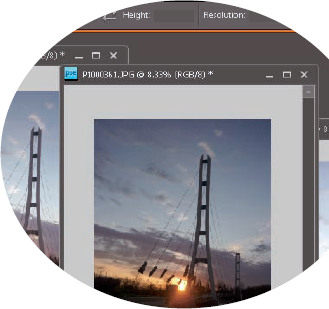Chapter 7. Generating HDR
In This Chapter
Understanding HDR images and files
Converting Raw photo brackets for HDR
Converting single Raw photos to brackets
Generating HDR from your source images
You might think the whole point of HDR photography is to produce an HDR image or file, right? Wrong. The point of HDR photography, outside of the laboratory and other technical venues, is to create a usable (for the rest of us) low dynamic range image that you can view and print with technology that is generally available today. To get that image, most likely a JPEG or TIFF, you need HDR images and sometimes files. (I explain the difference between images and files in this chapter.) Time for a little "howdy-do."
An HDR image's claim to fame is that it's nothing like a normal photo or image file. Rather, it's a specialized, high dynamic range image created by analyzing and merging pixel data from a bunch of differently exposed photographs. It works a little like Goldilocks and the Three Bears. This one's too hot. This one's too cold. This one's juuust right.

Unless you're applying for a job at Industrial Light and Magic, you don't need to know all the intricacies and inner workings of HDR images and file types, the complex algorithms that decide which pixel is better than another, or what data types programmers use to create HDR images and files. What you need to master — which just happens to be ...
Get High Dynamic Range Digital Photography For Dummies® now with the O’Reilly learning platform.
O’Reilly members experience books, live events, courses curated by job role, and more from O’Reilly and nearly 200 top publishers.

